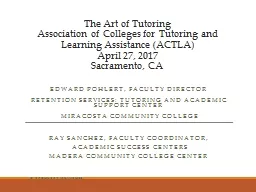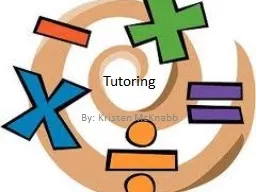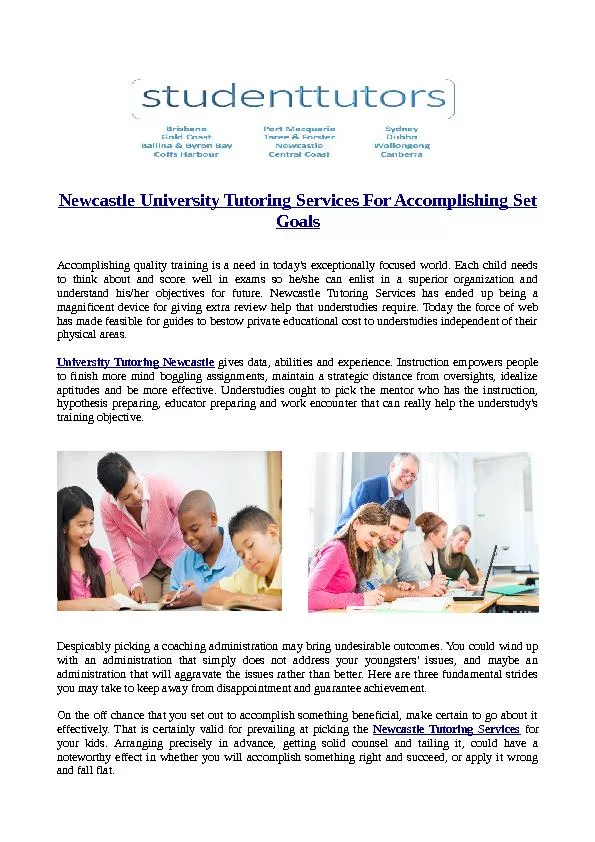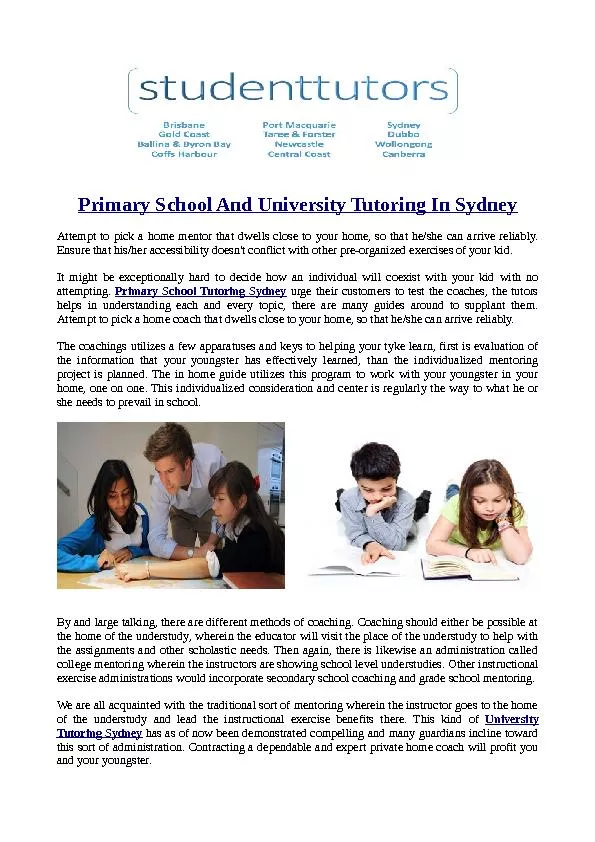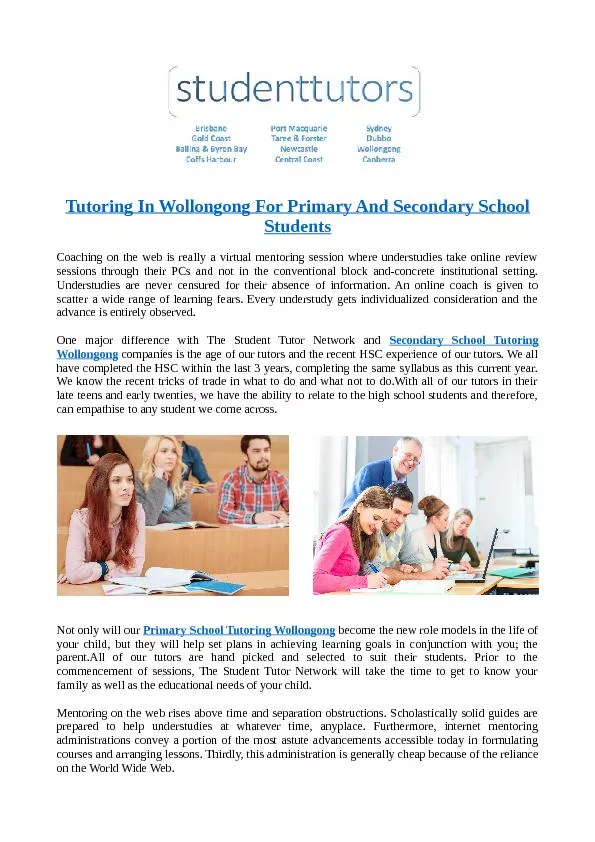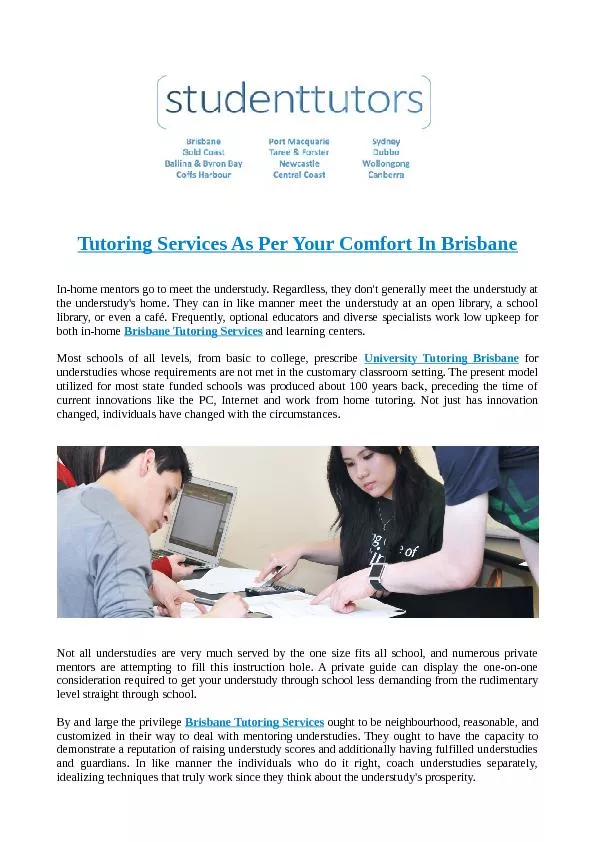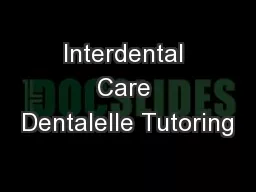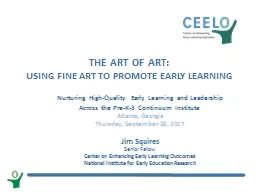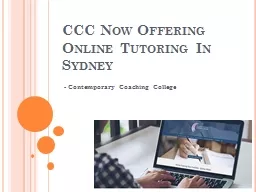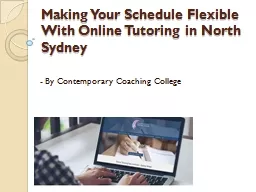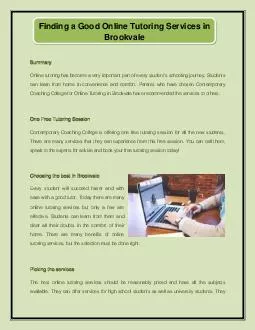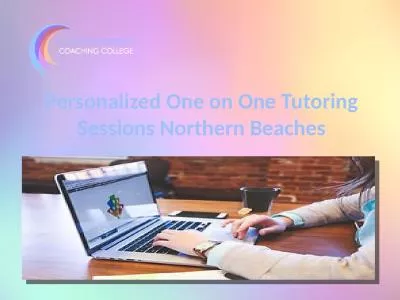PPT-The Art of Tutoring Association of Colleges for Tutoring and Learning Assistance (ACTLA)
Author : basidell | Published Date : 2020-07-01
April 27 2017 Sacramento CA Edward Pohlert Faculty Director Retention Services Tutoring and Academic Support Center MiraCosta Community College Ray Sanchez Faculty
Presentation Embed Code
Download Presentation
Download Presentation The PPT/PDF document "The Art of Tutoring Association of Coll..." is the property of its rightful owner. Permission is granted to download and print the materials on this website for personal, non-commercial use only, and to display it on your personal computer provided you do not modify the materials and that you retain all copyright notices contained in the materials. By downloading content from our website, you accept the terms of this agreement.
The Art of Tutoring Association of Colleges for Tutoring and Learning Assistance (ACTLA): Transcript
Download Rules Of Document
"The Art of Tutoring Association of Colleges for Tutoring and Learning Assistance (ACTLA)"The content belongs to its owner. You may download and print it for personal use, without modification, and keep all copyright notices. By downloading, you agree to these terms.
Related Documents

